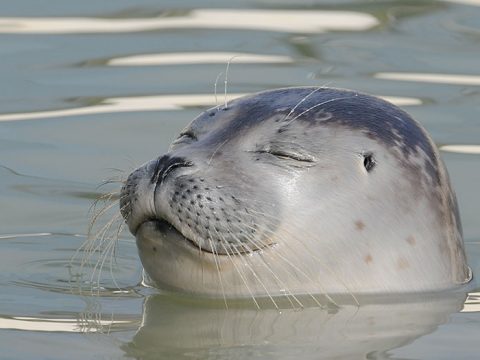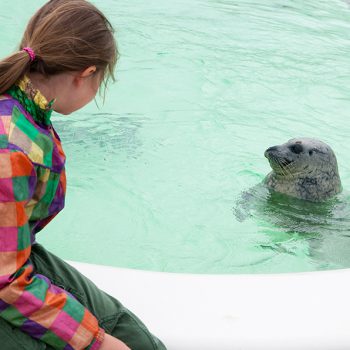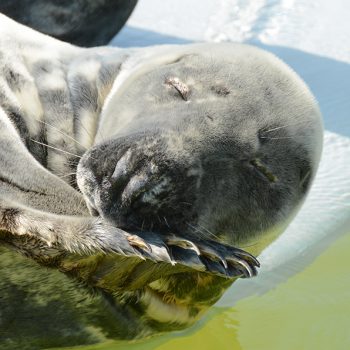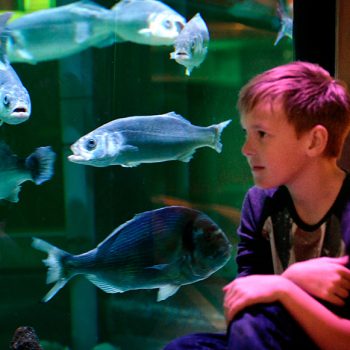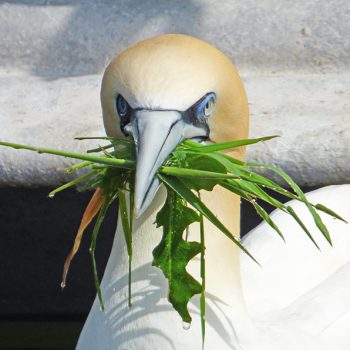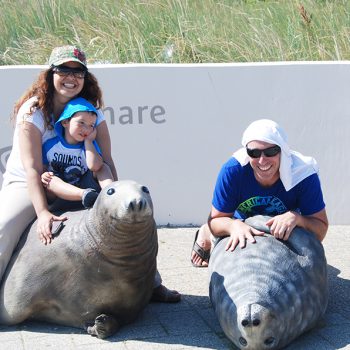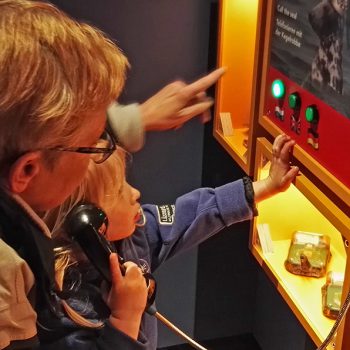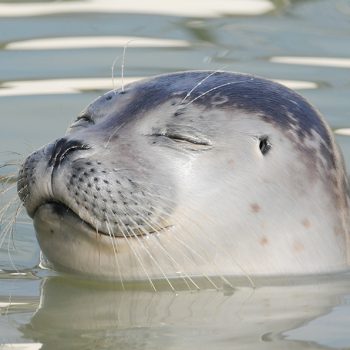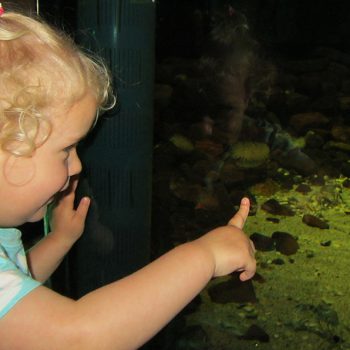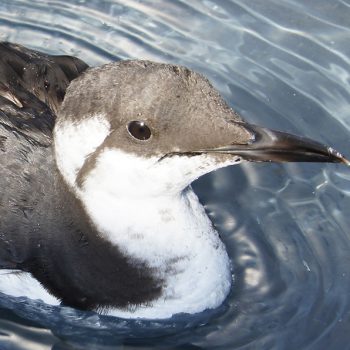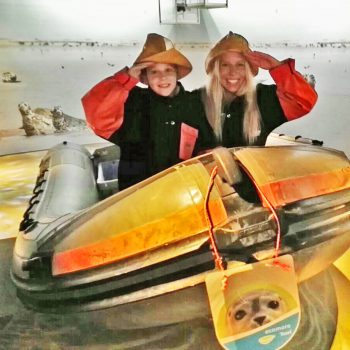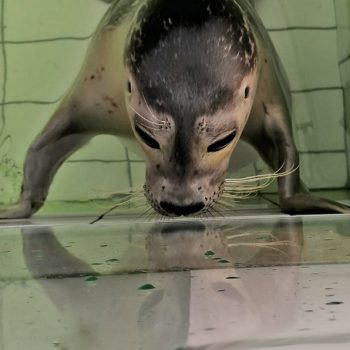Ringed seals are fat little seals and are therefore also referred to as the small seal. They live in and around the Arctic region, but sometimes wander into the North Sea. In the Arctic region, ringed seals make fortresses in snow mounds on the pack ice, where the young are born. The mother can reach her young through a breathing hole in the pack ice. These breathing holes are often favorite spots for polar bears, where they will wait to catch a good meal.
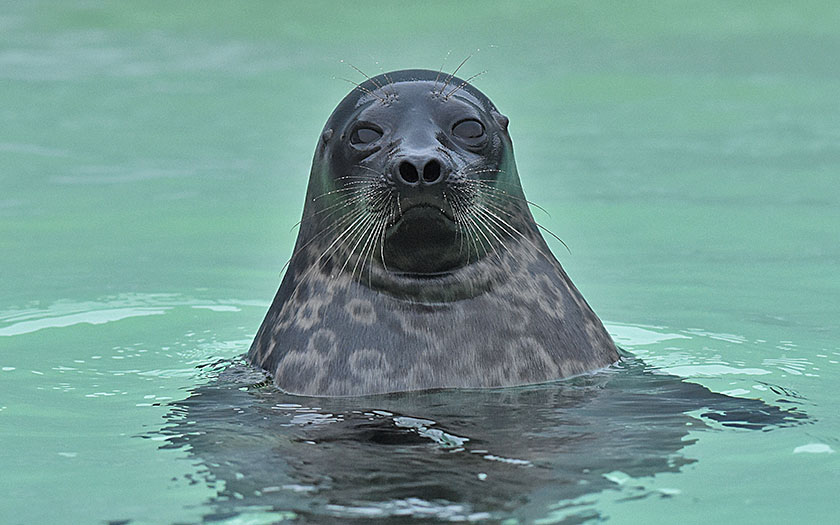
Distribution and habitat of ringed seals
Ringed seals live in the Arctic region (Arctic Ocean), the Hudson Bay, the Baltic Sea and the Bering Straits. There are also two sub-species in Finland and Russia, which live in fresh water. A lost ringed seal is occasionally reported in the North Sea.
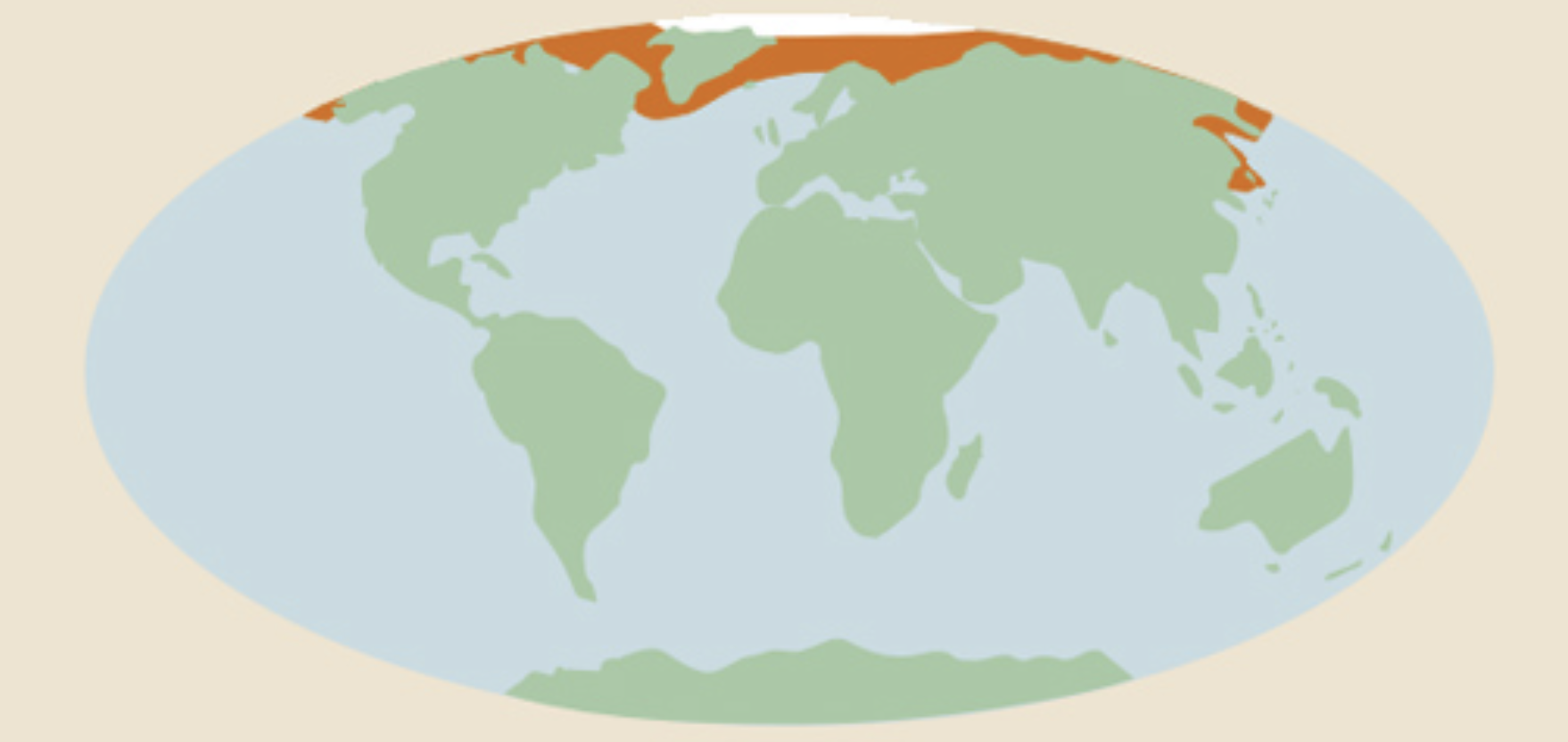
Ringed seals on Texel
There are five known beachings of ringed seals on Texel. The last time was in 2008. The animals were brought to Ecomare and kept separate from the other seals. This was necessary to prevent diseases from spreading. They were released after recovery into the North Sea, far away from the coast. In 2018, two ringed seals moved from the Royal Burgers’ Zoo to Ecomare. The Arnhem zoo needed to remove them in order to enlarge the living space for other animals there. The oldest of the two died in 2022.
Beachings along the Dutch coast
When young ringed seals learn to live independently, they can wander off far away. Quite a few of these young animals often end up in the southern North Sea in the summer months. Every once in awhile, these vagrants even swim as far away as Portugal.
| Date |
Place and details |
| November 1879 |
Rockanje, sex unknown |
| 29 July 1889 |
Zoutkamp, female |
| August 1923 |
Oostvoorne, sex unknown |
| July 1957 |
Texel, sex unknown |
| 4 July 1968 |
Texel, sex unknown |
| 23 August 1972 |
Breskens, female |
| 29 July 1972 |
Rilland-Bath, sex unknown |
| 25 July 1973 |
Engelsmanplaat, female |
| 22 July 1977 |
Ameland, male |
| 1 August 1977 |
Zierikzee, female |
| 5 August 1977 |
Holwerd, female |
| 9 June 1978 |
Texel, female |
| 21 July 1979 |
Schiermonnikoog, female |
| 18 June 1980 |
Bergen op Zoom, female |
| 16 October 1980 |
Beneden Merwede, female |
| 18 July 1982 |
Rockanje, female |
| 28 July 1982 |
Oosterhout, female |
| 13 July 1985 |
Texel, male |
| 21 July 1985 |
Moddergat, male |
| 25 July 1985 |
Terneuzen, female |
| 15 July 1987 |
Ouddorp, sex unknown |
| 1 August 1988 |
Pieterburen, male |
| 14 July 1990 |
Breezanddijk, male |
| 18 July 1990 |
Texel, female |
| 7 December 1991 |
Wassenaar, male |
| 2 March1993 |
Zoutelande, sex unknown |
| 20 July 1994 |
Schiermonnikoog, female |
| 31 August 1994 |
Grevelingenmeer, male |
| April 1996 |
Schiermonnikoog |
| 1999 |
Terschelling, young animal, sex unknown |
| 2002 |
Terschelling |
| 2007 |
Wierum, male |
| August 2008 |
Texel, young female, alive |
| 31 July 2011 |
South side of Vlieland, young female, alive |
| 6 October 2013 |
Vlieland, young female |
| 27 August 2015 |
canal in Utrecht, young female |
| Source: van Bree, 1996 and reports from Seal Sanctuary Pieterburen |
Facts about ringed seals
- max. size: Around 1.65 meter
- max. weight: Around 110 kilogram
- color: Brown-gray with lighter rings
- lifespan: Maximum 43 years (average 15-20 years)
- food: Fish, krill and crustaceans
- movement: Swimming and hobbling
- enemies: People (hunting, fisheries, pollution and disturbance) and polar bears
- reproduction: Sexually; mature: one year old
Names
- Dut: Ringelrob (stinkrob, kleine zeehond)
- Eng: Ringed seal
- Fre: le phoque annelé (le phoque marbré)
- Ger: Ringelrobbe
- Lat: Phoca hispida (Pusa hispida)
- Dan: Ringsælen
- Nor: Ringsel
WWW
